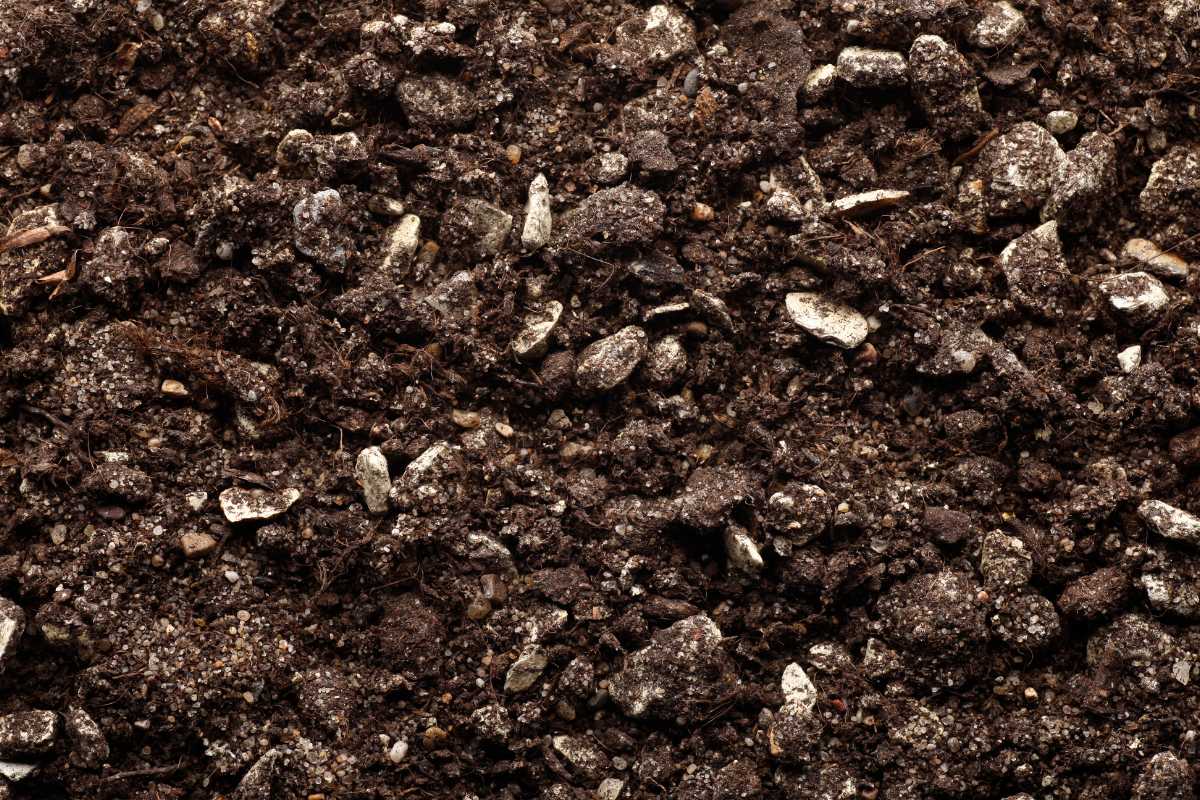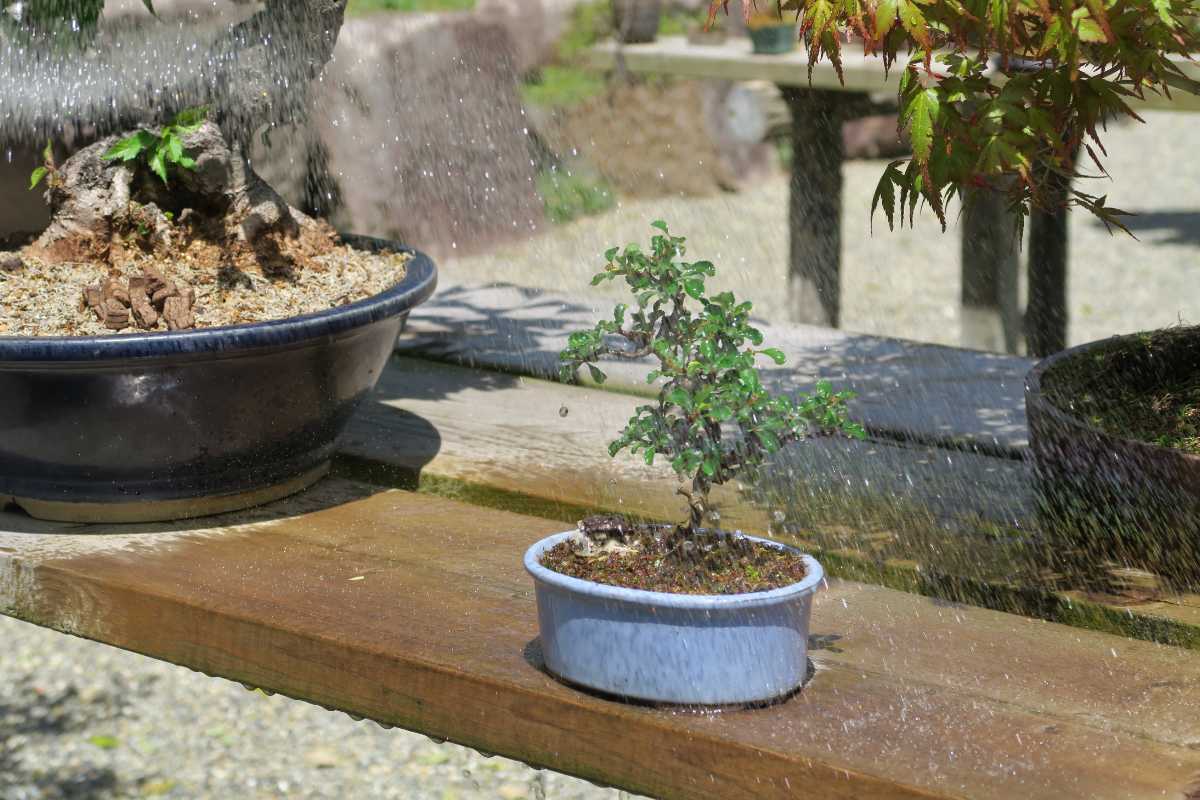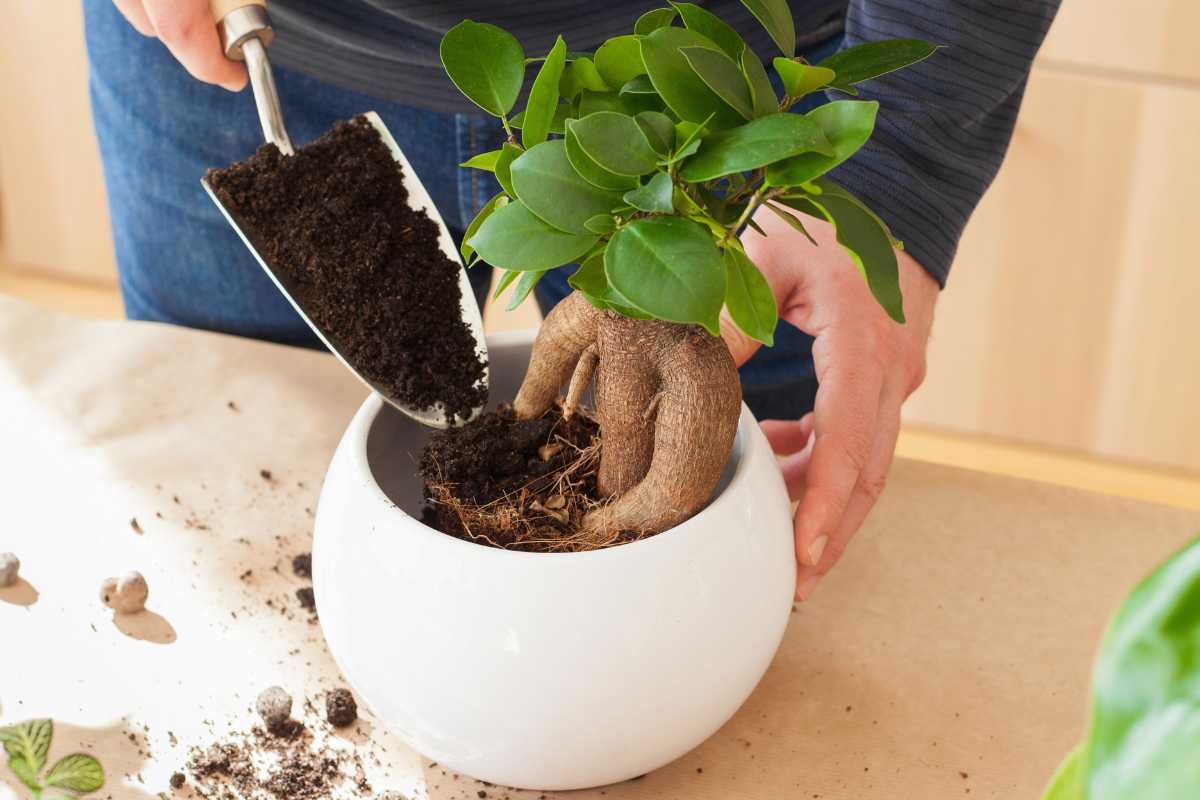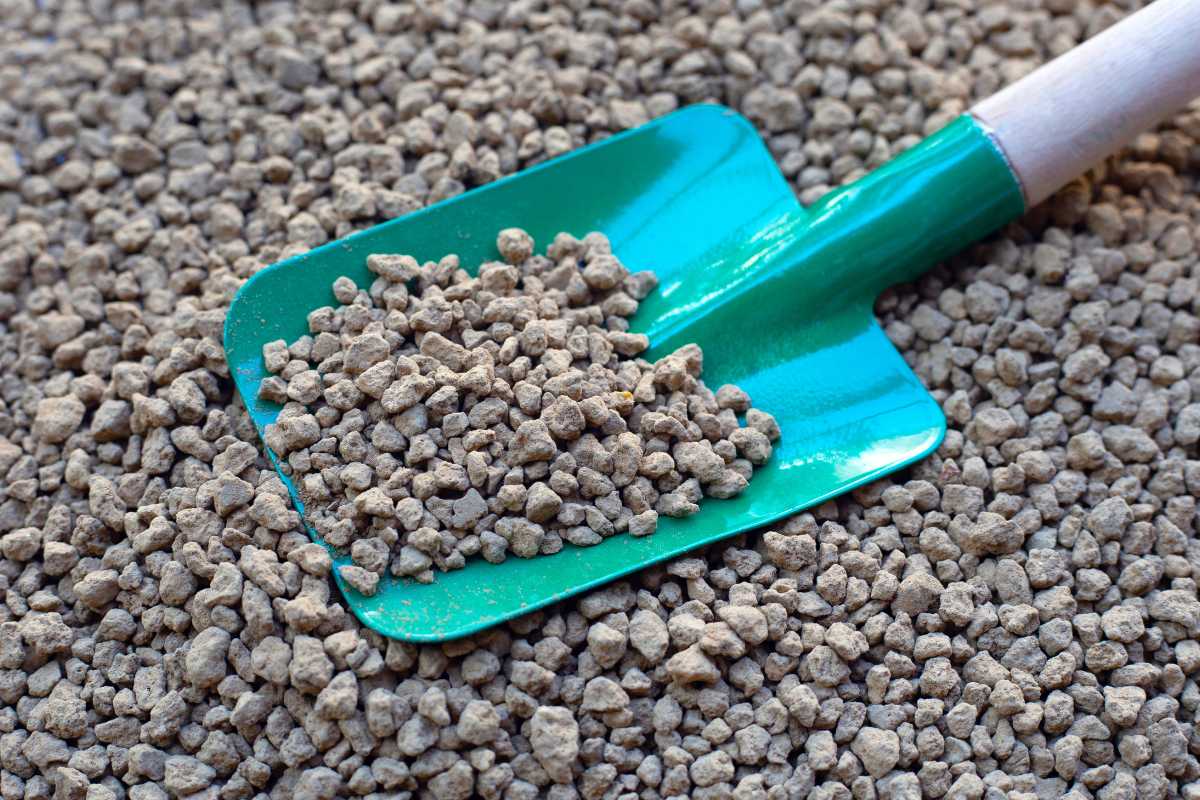Choosing the best bonsai soil is important for nurturing your bonsai tree. The right soil mix, rich in clay, rocks, and organic matter, mimics the tree’s natural habitat. That ensures it gets the nutrients and drainage it needs. This guide will help you select the ideal soil to support your bonsai’s health and growth.
I’ll explore top-rated bonsai soil mixes, detailing their ingredients and benefits. From all-purpose blends to those tailored for specific tree types, you’ll learn what makes each mix stand out. This information is vital for both beginners and seasoned bonsai enthusiasts looking to optimize their tree care.
Ready to give your bonsai the perfect foundation? Find out how the right soil can make all the difference in your bonsai’s vitality and longevity.
- Related article: Bonsai Grow Guide
7 Key Takeaways on the Best Bonsai Soil Mix
- Choosing the right bonsai soil mix is crucial for your tree’s health and growth.
- Bonsai soil mixes focus on drainage and aeration, often providing minimal nutrition.
- Regular feeding is essential for bonsai trees, especially during the growing season.
- Different bonsai species require specific soil ratios, such as 1:1:1 for conifers and 2:1:1 for deciduous trees.
- Good bonsai soil needs to balance aeration, drainage, and water retention to prevent root rot and ensure healthy growth.
- Inorganic bonsai soil mixes are preferred for their superior drainage and aeration, while organic soils can hinder these qualities.
- Mixing your own bonsai soil allows customization but requires knowledge of the specific needs of your bonsai tree.
5 Best Bonsai Tree Soil Mix
Selecting the correct kind of soil is fundamental because it will provide nourishment for your Bonsai tree. Most Bonsai soil does not contain actual soil. Soil ingredients will be a mixture of different percentages of clay, rocks, and organic matter.
Here are my recommendations for the best Bonsai Tree Soil and why I recommend them.
1. Leaves and Soul – Bonsai Soil Premium All-Purpose Blend
Leaves and Soul’s Bonsai Soil Mix is a top performer. This mix excels in drainage and aeration, which are vital for a healthy tree. It mimics the natural environment where bonsai trees thrive, supporting healthy root development and preventing over-watering.
- Ingredients – Lava rock, limestone pea rock, calcined clay, and pine bark
- Additional Features – Comes in a large 8.2-quart resealable bag, made in the USA
If you’re looking for a reliable mix that supports robust bonsai growth, I highly recommend Leaves and Soul Bonsai Soil Premium All-Purpose Blend.
2. Tinyroots – All Purpose Bonsai Soil Mix
I’ve been also using Tinyroots’ All Purpose Bonsai Soil Mix for a variety of bonsai trees, and it consistently delivers. This mix allows roots to breathe while managing moisture levels effectively. It fosters a healthy environment for nutrient uptake, essential for the longevity of your bonsai.
- Ingredients – Expanded slate, pine bark fines, pumice, and lava rock
- Additional Features – Sifted to remove harmful dust particles
For an all-around soil mix that works well with different bonsai types, Tinyroots is a great choice.
3. GARDENERA – Premium Bonsai Soil All Purpose Fast Draining Mix
GARDENERA’s Premium Bonsai Soil has also been my go-to for fast-draining needs. Its superior drainage prevents root rot and provides essential nutrients. This mix is versatile and caters to various bonsai species, making it a favorite among both beginners and experienced enthusiasts.
- Ingredients – Pumice, lava, calcined clay, and pine bark
- Additional Features: Also suitable for other container-grown plants
For a versatile mix that ensures optimal growth for different bonsai species, GARDENERA is highly recommended.
4. The Bonsai Supply – Professional Bonsai Soil Mix
The Bonsai Supply’s Professional Bonsai Soil Mix is another perfect for precise watering conditions. It maintains ideal moisture levels without waterlogging, supporting vigorous growth. The loose structure is excellent for promoting healthy root systems.
- Ingredients – Pumice, pine bark fines, black lava, and calcined clay
- Additional Features – Ideal for trees requiring drier soil conditions, especially in wet climates
For those needing exact moisture control, I strongly recommend The Bonsai Supply’s mix.
5. Perfect Plants – Bonsai Soil Premium All-Purpose Mix
Perfect Plants’ Bonsai Soil Mix has been excellent for creating a balanced environment for various bonsai types. The combination of organic and gritty components supports strong root systems and provides flexibility in care. It’s been a great mix for experimenting with different tree species.
- Ingredients – Sand, pine bark, crushed grit, and sphagnum peat moss
- Additional Features – Ideal for experimenting with various tree species
If you’re looking to explore different bonsai types and need a flexible soil mix, Perfect Plants is a solid choice.
Bonsai Soil Mix Guide

There may be ready-mix soil for sale, but it’s still important to understand what makes quality bonsai soil. I’ll also break down how this soil is different from the mixes used for other houseplants.
What Makes Bonsai Soil Good?
To some extent, the type of soil you choose will depend on the species of Bonsai being grown. Basic standard Bonsai soil will be a mixture of substrates of clays, lava rock, organic matter, and pumice.
While Bonsai soils will vary from one brand to another, the basic ratio that is considered optimal for conifers is 1:1:1. That’s one part lava rock, one part pumice, and one part Akadama, a naturally occurring granular clay. Maple trees and deciduous trees, in general, do better with a 1:1:2 ratio.
Some brands will include peat moss and tree bark pieces in their mixes, but these components should be added prudence. They are exceptionally nutritious but can impede soil drainage and correct root aeration.
1. Good Aeration and Drainage

Bonsai tree roots require oxygen for vigorous root growth. If roots are packed within a standard dirt and compost soil mix, they will not have access to sufficient oxygen.
Loose Bonsai soil mixture leaves room for the air to permeate and circulate, so that root systems benefit from proper aeration and little air pockets.
Proper Bonsai soil will also need good drainage that allows any excess water to drain out of the bottom of the Bonsai pot after you have finished watering. If you plant your Bonsai in a container with standard garden soil and water it, moisture remains in the compact dirt soil. The Bonsai roots will gradually drown because they don’t have access to oxygen.
Most Bonsai species will not enjoy sitting in water, as this will lead to the tree’s roots rotting. Root rot left unattended will kill your tree.
2. Good Water Retention

This may seem like a contradiction after having reiterated the need for great drainage, but it’s not.
The fact that your tree doesn’t want to sit in water, also known as “wet feet,” does not mean that it doesn’t need water. If your tree was planted in rocks or gravel alone, the water would drain out and none would remain, meaning the roots would not have access to the water they need to survive.
For this reason, Bonsai soil types include one or more ingredients that are water retentive. The granular natural clay known as Akadama, originating in Japan, is a popular solution for water retention when cultivating Bonsai trees. This substance is baked to provide a substrate that is similar to gravel.
- Learn more: Watering Frequency for Bonsai
3. Have the Required Soil Nutrients
Bonsai soil contains little or no organic matter, so it will also feature a very low amount of nutrients for your tree. For this reason, feeding your tree with fertilizer regularly is of the important.
The three elements necessary for the nutrition of most plants are nitrogen, phosphorous, and potassium. You will need a Bonsai fertilizer with those ingredients to keep your tree thriving. Bonsai fertilizers are available in pellet or liquid plant food form.
Bonsai trees that are being cultivated outdoors will be better served by a fertilizer with an NPK ratio of 10:6:6 (or 5:3:3). Bonsais living indoors can use a balanced 3:3:3 NPK ratio.
If your Bonsai experiences the seasons, you should decrease feeding at the end of the tree’s growing season during the winter. Increase feedings again when the growing season begins the next year in the spring.
4. Right pH Levels
For most Bonsai trees, the soil pH level should measure between 6 and 6.5. If the pH is higher, the soil will have alkaline conditions. When pH is low, that’s acidic soil.
Proper Bonsai soil fertilization will not only provide necessary nutrients, but assist in balancing pH levels in the soil mix.
Alkaline trees are more common and is usually due to a lack of fertilization or lower water quality. A good Bonsai fertilizer that contains sulfur can aid in regulating pH levels. You can measure pH levels with a soil pH meter.
- Read more: Top Bonsai Fertilizers
What Makes Bonsai Soil Different?
Bonsai soil is different from normal potting soil and is not recommended for use with plants other than Bonsai trees. Soil structure and components are different to support strong root growth for Bonsai trees.
The Bonsai mix contains little to no soil. That helps keep the mix loose and roomy so that there is good airflow around the roots. It helps the soil mix stay lightweight as opposed to heavy and is not compacted.
The typical Bonsai mix will contain a good amount of inorganic material such, as Diatomaceous earth or fired clay.
With houseplants, you need to provide nutrition, so organic soil and compost are preferable. In the case of Bonsai trees, inorganic materials are better.
Fired clay will not decompose or break down, so it provides the necessary amount of water retention but allows good drainage at the same time. Together with fired clay and Diatomaceous earth, you will often find perlite or vermiculite.
Would Succulent Soil Work Well for a Bonsai?

Yes, succulent soil also does not break down very easily and is usually quite porous, meaning that it will offer good water retention and drainage at the same time. These characteristics make succulent soil suitable for use with Bonsai too.
When mixed properly, it will offer sufficient nourishment for your Bonsai, just like any Bonsai soil mix. However, when cultivating a Bonsai, always research the species you are cultivating to make sure the soil mix you have meets nutrient requirements for your Bonsai tree.
How to Mix Your Own Bonsai Soil?
If you are passionate about your Bonsai care and like more control over growth, you can mix soil yourself for your Bonsai tree. There is no single soil mix recipe that will work for every Bonsai tree due to the difference in species of Bonsai trees.
However, there are standard basic materials used in Bonsai mixes and you will need to adjust the ratio of those ingredients to meet the needs of your specific type of Bonsai tree.
You may already have some substrate on hand, if you purchased your Bonsai tree from a nursery. This would be ideal because they will already have the right mixture of soil and nutrients.
Typical materials that act as bonsai soil components include these:
- Akadama -This is a type of Japanese clay that retains water well. It is mined from the surface and then fired or baked. This results in hard material that will break down very slowly during the life of the soil mix blend.
- Lava Rock – A porous volcanic rock, lava rock also provides water retention. The uneven surfaces of this rock also contribute to the development of Bonsai tree feeder roots.
- Pumice – Another volcanic soil, pumice is lightweight and equally porous. It will retain some water, but is considered to be dryer than other materials. It is also very hard and will not break down.
For mixing inorganic bonsai soil, use these ratios:
- For Pines, Junipers, and Other Conifers – Mix 1 part Akadama, 1 part lava rock, and 1 part pumice.
- For Deciduous Trees like Maples and Elms – Use 2 parts Akadama, 1 part lava rock, and 1 part pumice.
Every Bonsai gardener will create his or her special soil recipe a little differently. If you choose to mix your Bonsai soil, you will have your own recipes as well, as you strive to achieve the best soil mix for your specific tree, in its cultivation environment and climate.
Difference Between Organic and Inorganic Bonsai Soil

Bonsai soil is generally divided into two classifications, inorganic and organic. Let’s break down their differences:
| Classification | Description | Pros | Cons |
|---|---|---|---|
| Inorganic Bonsai Soil | Contains no organic materials. Requires nutrients to be provided through fertilizer. | Maintains structure, provides good drainage | Offers no natural nutrients, requires regular fertilization |
| Organic Bonsai Soil | Contains organic materials like tree bark or peat. Adds nutrients to the soil mix naturally. | Provides natural nutrients to the soil mix | Breaks down over time, can lead to poor drainage |
Bonsai Soil Mix Final Thoughts

Bonsai soil mix will distinguish itself from other soil mixes because of the exceptional drainage that it provides these dwarf trees. It also offers excellent aeration, yet still retains the necessary moisture for the tree to thrive.
Bonsai trees benefit from the inorganic materials found in these soil mixes for their ability to drain excess water. But these same characteristics that make this soil mix optimal for drainage, water retention, and aeration, also offer little or no nourishment to a Bonsai. As a result, your Bonsai will need regular feedings.
If you enjoy a gardening challenge, consider mixing your own Bonsai soil blend for your Bonsai tree.
Here are other Bonsai articles to help you on your Bonsai journey:












